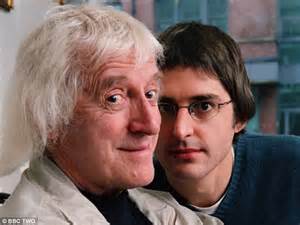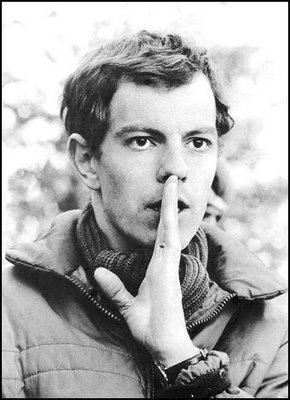
Cinematography
- A series of establishing shots of the village is used to provide context rather than relying entirely on narration or explanatory text. These shots also introduce us to an environment we are unfamiliar with and also shows the poverty of the village.
- Longinotto exclusively uses handheld camera which not only allows more portability so that she can move quickly and point the camera at whatever is interesting. Not only does this allow her to maintain her unobtrusiveness, it also allows the audience to feel like they are in the room with them.
- On multiple occasions the camera is used to give a broader understanding as she doesn’t focus on what is directly relevant
- Throughout the films there are lots of close-ups of the women and children involved in the cases/trials so that we are forced to look at them and see their upset thus furthering Longinotto’s female focus.
- When the camera moved towards the children, bewildered expressions can be seen on their faces. Their confusion is used to provoke a reaction and to fit the idea that Longinotto wants her subjects to be aware of the camera as we see from the genuine reactions of the children that they are.
- The people in the film are aware there is a camera but still appear to put on a bit of a performance. For example the lawyer takes on an authoritative and powerful front that she maintains throughout as if it is a character trait, in the divorce court later in the film several judges show exaggerated happiness for the woman who has just been granted a divorce despite making cruel comments earlier when they were less consciously aware of the cameras presence and during a sequence in which the auntie is told to apologise to the little girl she had beaten she plays up to the camera by crying and begging for forgiveness.
- Longinotto does not shy away from the emotional intensity of the events, she forces the audience to acknowledge the trauma by not cutting away and maintain long-held shots so we see the subjects anguish. This is an effect that wouldn’t have been possible if they were using film instead of digital technology as the length of time they could shoot for would be restricted.

Sound Design
- Whilst the sound design in this documentary is not used excessively, a cultural non-diegetic score is used to introduce us to the Cameroonian environment. The score is of a happy tone rather than a tragic one so that the daily lives of Cameroon’s people are not dramatized to seem like an unfortunate third world country, instead the music captures their spirits to increase audience familiarity with their culture.
- After the initial use of a non-diegetic score at the beginning, it fades out and we are left with diegetic sounds of the environment they are in and no score is used until the end credits. The lack of non-diegetic score allows the documentary to feel as naturalistic as possible.

Editing
- Writing can be seen on the bottom of the screen to provide information and context.
- Whilst the screen time is mainly given to the women, enough screen time is given to the positive male presences in the documentary to provide a balance.
- Although there are many long takes to immerse us in the stories of these women, there are edit points during their conversations which is clear due to the cut down version of conversations that would be longer in real life. It makes you wonder whether something else had happened between the parts we are shown.
- Subtitles are used when the local people are talking so that we can understand their language which is often a mixture of English and other languages.
- Editing is clearly only used for necessity, to take us from one place to another for the most part she lets the conversations take place and maintains her observational stance. Longinotto is deliberately selecting footage that will provoke a reaction in the audience, the events probably wouldn’t have an effect on the on looking local people in Cameroon yet the editing and selection of footage allows us to see the bravery of these women speaking out.





















